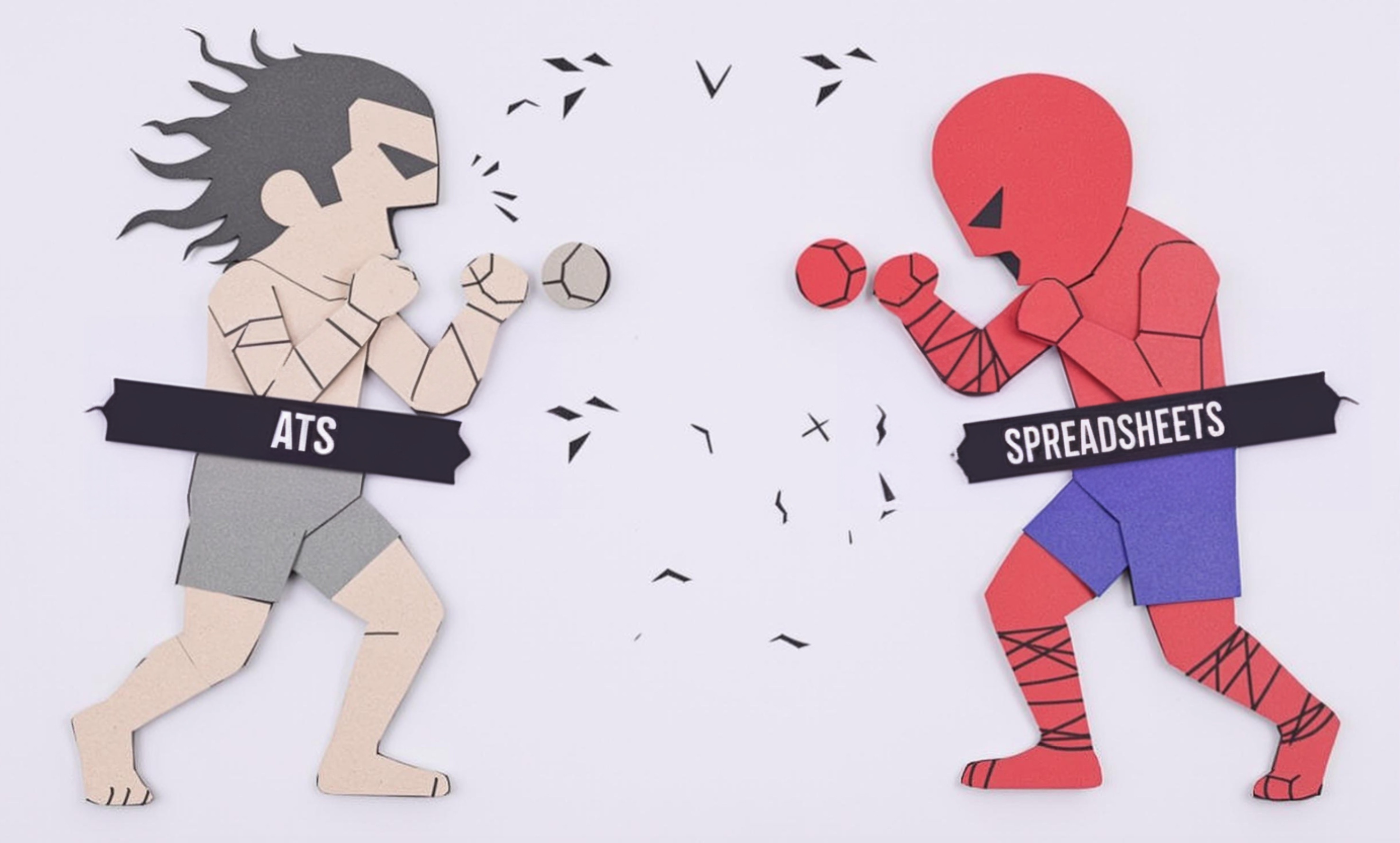
Spread
A spread is a key layout term in magazine and print publishing that refers to two facing pages viewed together as a single unit. Think of opening a magazine - what you see is a spread, with the left and right pages working together to tell a story. Publishers and designers use spreads to create visually appealing layouts, arrange photos and text, and organize content in a way that flows naturally when readers flip through the magazine. This concept is fundamental in both print and digital magazine design, where designers need to think about how content will appear across both pages simultaneously.
Examples in Resumes
Designed over 50 editorial spreads for monthly fashion magazine
Created compelling spread layouts combining photography and text for feature stories
Managed the production of double-page spreads for seasonal catalog layouts
Typical job title: "Magazine Designers"
Also try searching for:
Where to Find Magazine Designers
Professional Organizations
Job Boards
Online Communities
Example Interview Questions
Senior Level Questions
Q: How do you approach planning a magazine's overall spread layout strategy for an entire issue?
Expected Answer: A senior designer should discuss analyzing content flow, creating visual hierarchies, maintaining consistent style while varying layouts, and coordinating with editorial teams to ensure the story narrative works across spreads.
Q: How do you adapt spread designs for both print and digital platforms?
Expected Answer: Should explain considerations for different viewing formats, how to maintain visual impact across platforms, and strategies for reformatting spreads for digital devices while preserving the design's integrity.
Mid Level Questions
Q: What factors do you consider when designing a feature spread?
Expected Answer: Should discuss balancing text and images, creating visual flow, using white space effectively, and ensuring readability while maintaining visual interest.
Q: How do you handle last-minute editorial changes to a spread design?
Expected Answer: Should explain workflow organization, maintaining design integrity while accommodating changes, and efficient problem-solving techniques in time-sensitive situations.
Junior Level Questions
Q: What are the basic elements of a magazine spread?
Expected Answer: Should identify headlines, body text, images, captions, folios, and explain how these elements work together in basic layout principles.
Q: How do you ensure consistency across multiple spreads?
Expected Answer: Should discuss using style guides, master pages, grid systems, and maintaining consistent typography and color schemes.
Experience Level Indicators
Junior (0-2 years)
- Basic layout principles
- Understanding of typography
- Knowledge of design software
- Following established style guides
Mid (2-5 years)
- Complex layout creation
- Photo editing and integration
- Style guide development
- Print production knowledge
Senior (5+ years)
- Advanced layout strategy
- Team coordination
- Multi-platform design adaptation
- Editorial planning and direction
Red Flags to Watch For
- No knowledge of industry-standard design software
- Lack of understanding of print production requirements
- Poor portfolio presentation
- No experience with deadline-driven work
- Unable to show examples of layout problem-solving
Related Terms
Need more hiring wisdom? Check these out...

Workforce Solutions Aggregators: The Next Big Thing You Didn't Know You Needed

Why Your Hiring Spreadsheets Are Secretly Sabotaging Your Recruitment

Beyond Spreadsheets: Why Executive Dashboards in ATS Systems Are Your Secret Hiring Weapon

